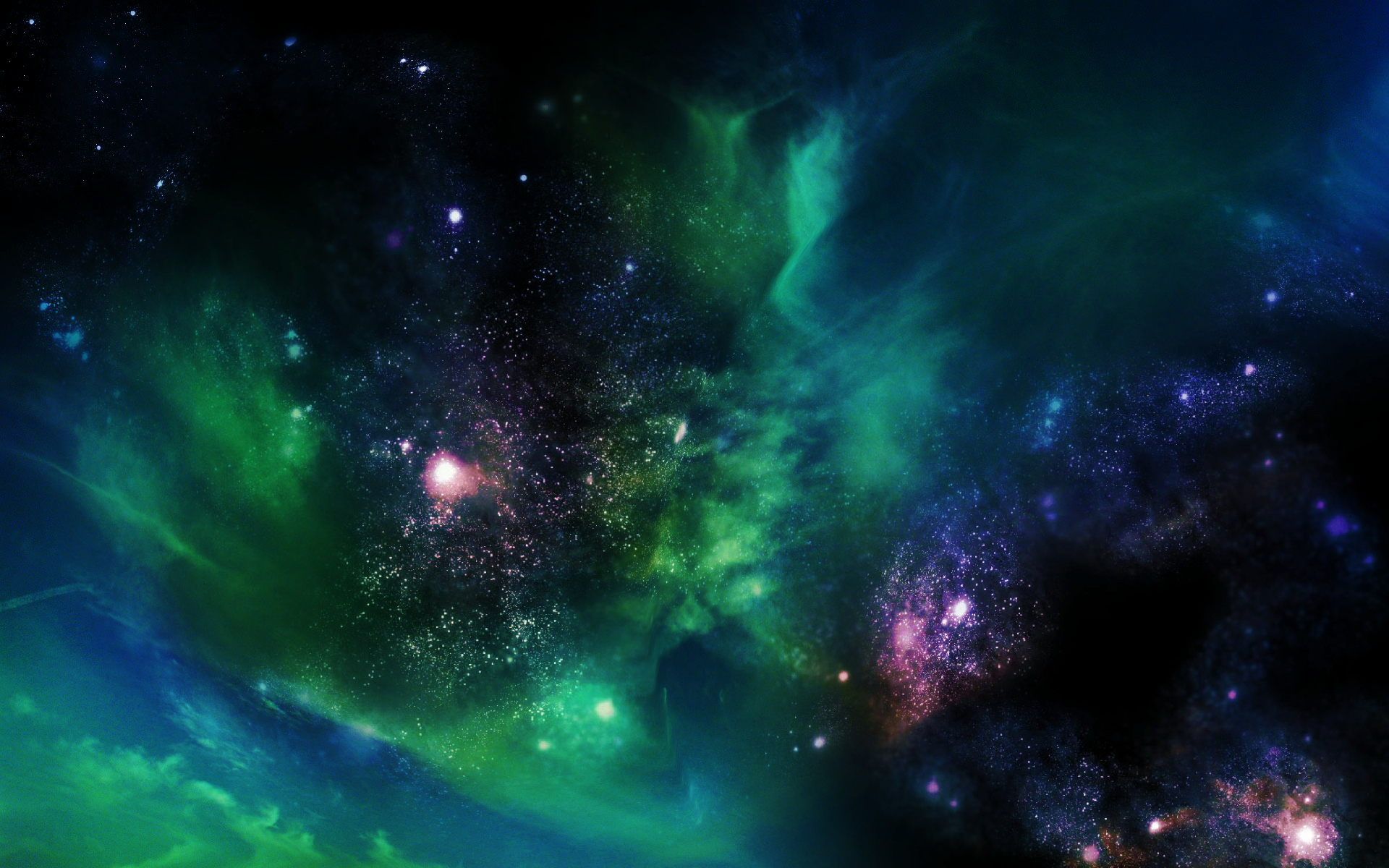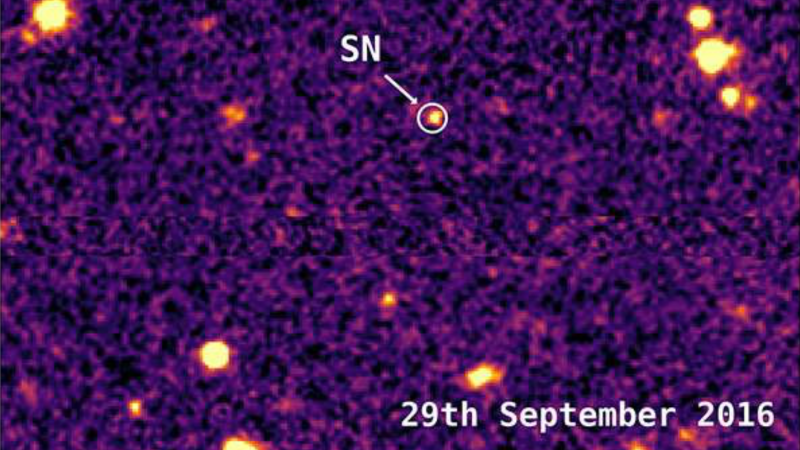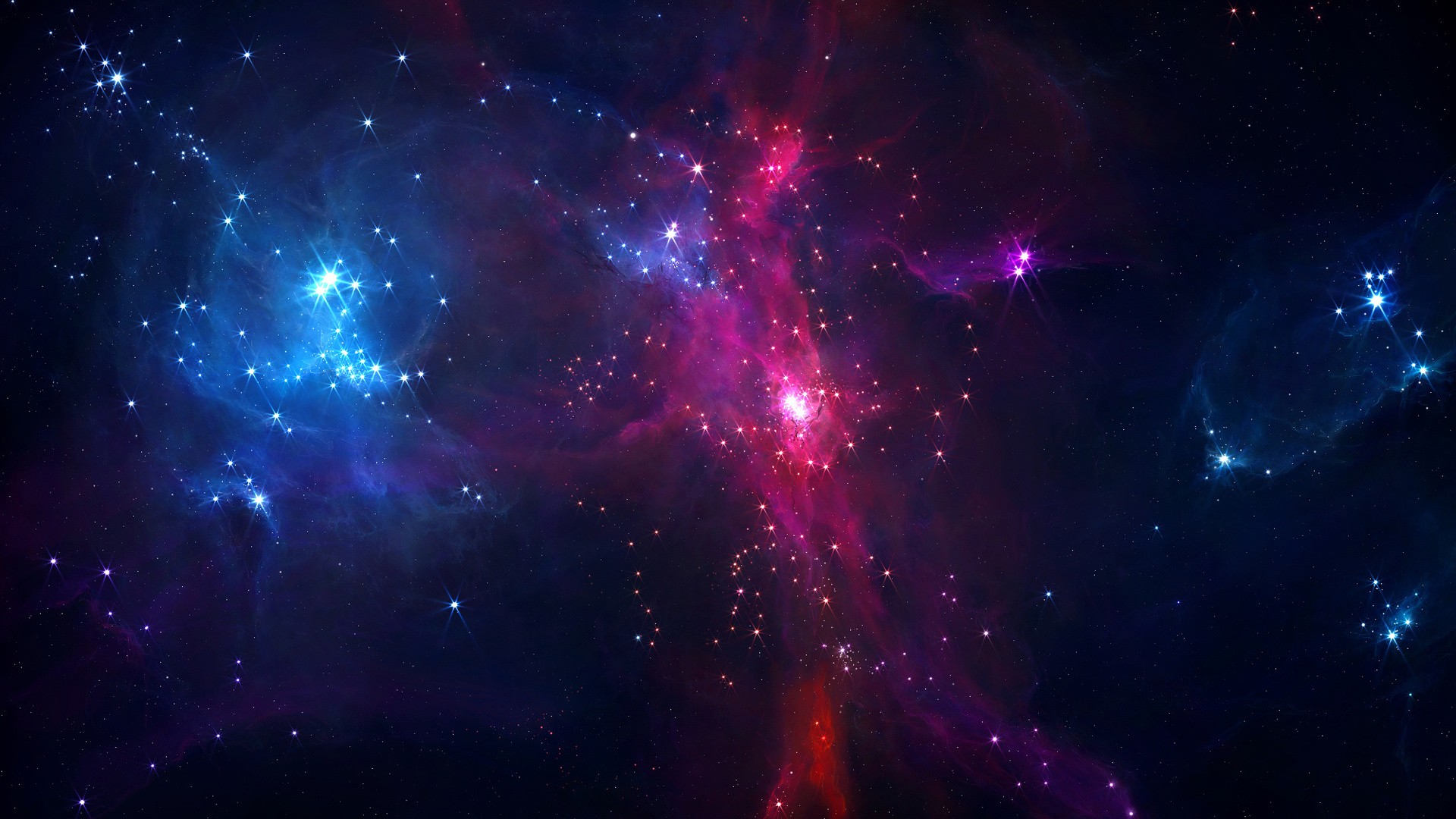
At the north pole of Jupiter eight storms are arranged around a single polar cyclone. In the south, one storm is encircled by five others.

Three planets, all slightly larger than Earth in diameter, orbit a star called GJ 9827, about 100 light-years away. A study of the planet trio found that one of the most massive super-Earths found to date lies among them.

A small team of researchers announced that its correspondingly small telescope picked up a signal produced by the very first stars in our Universe.

A new research reveals a new high resolution map of the magnetic field lines in gas and dust swirling around the supermassive black hole at the center of our galaxy.

If the Moon has enough water, and if it's reasonably convenient to access, future explorers might be able to use it as a resource.

Lengthy observations by the Hubble Space Telescope indicate the universe is expanding faster than predicted by standard models and that Einstein’s cosmological constant, thought by many to define dark energy, may not be so constant after all.

Elon Musk’s internet-in-space project took to the stars today, as SpaceX launched two experimental satellites that will form the base of the company’s Starlink broadband service.

On August 22, 2016, astronomers spotted a superluminous supernova whose light traveled over 10 billion years to reach us.

New research suggests that, contrary to previous estimates, Andromeda galaxy isn’t much bigger than the Milky Way, and is practically our twin.

Based on data from NASA's K2 mission an international team of scientists have just confirmed nearly 100 new exoplanets. This brings the total number of new exoplanets found with the K2 mission up to almost 300.

The Hubble Space Telescope shows a “sparkling jewel box full of stars,” NASA says, in the central bulge of the Milky Way, with more plentiful bright blue stars in the foreground.

NASA’s New Horizons spacecraft, now 3.79 billion miles from Earth, snapped these images of Kuiper Belt Objects. They’re the furthest images ever taken away from Earth.

In the Search for Extra-Terrestrial Intelligence (SETI), a team of astronomers recently searched through the Kepler field to look for signatures of technologically-advanced civilizations.

Austrian researches have started a three-week simulated mission to Mars in Oman's barren desert.

Scientists have been hard at work trying to determine the densities of the TRAPPIST-1 planets, and it looks like water is abundant in the TRAPPIST system.